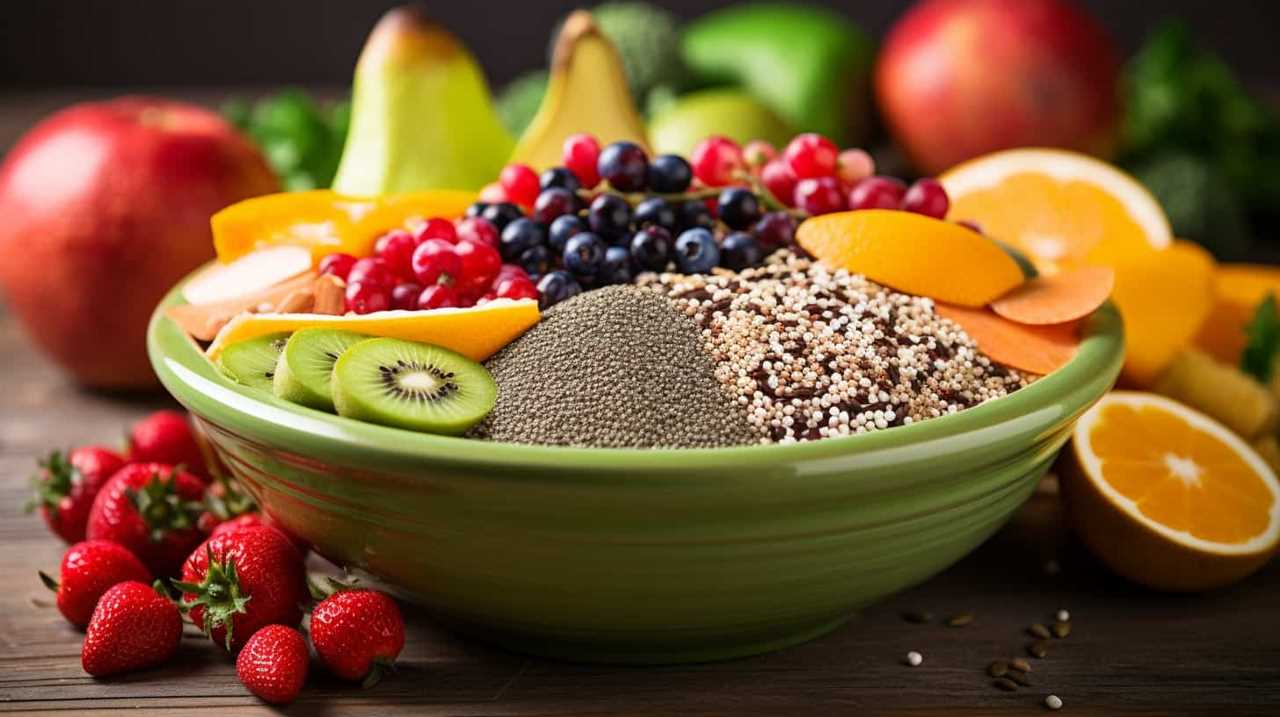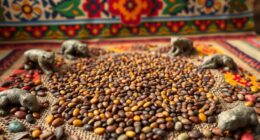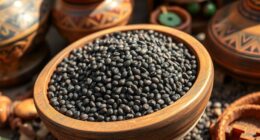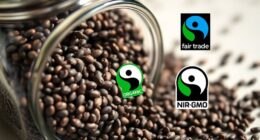Are you ready to discover the secrets to successful commercial seed farming?
Join us on a journey through the natural techniques that will pave the path to liberation in your agricultural endeavors.
From soil preparation to seed selection, pest management to irrigation techniques, and all the way to harvest and seed processing, we will equip you with the knowledge and skills needed to thrive in the world of commercial seed production.
Get ready to sow the seeds of success!
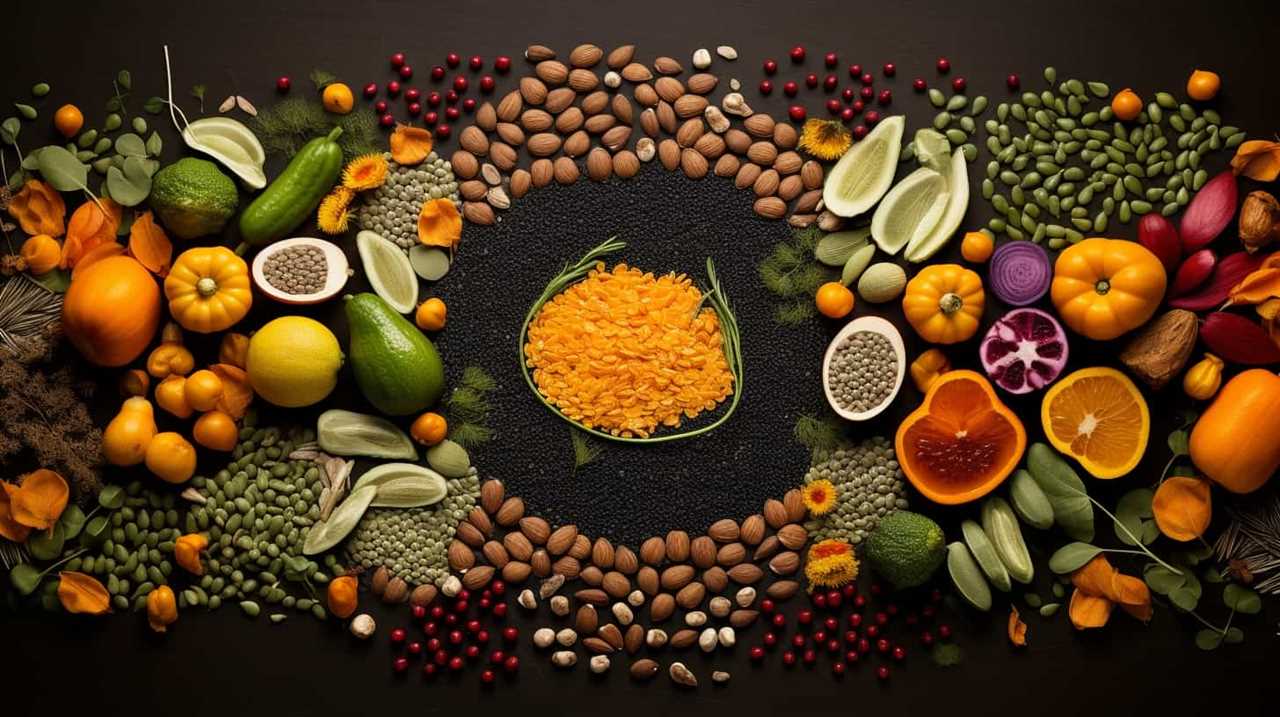
Key Takeaways
- Assess soil quality and make necessary amendments to improve soil fertility for optimal seed growth
- Utilize natural pest control techniques, such as crop rotation and attracting beneficial insects, to manage pests and promote biodiversity
- Implement efficient watering systems, like drip irrigation, to minimize water waste and maximize water usage for sustainable seed production
- Harvest seeds at the right stage of maturity, properly clean and dry them, and store them in ideal conditions to maintain seed viability and longevity
Soil Preparation
First, we assess the soil quality and make necessary amendments to optimize conditions for seed production. Soil preparation is a crucial step in successful commercial seed production. To maximize soil fertility, we employ various natural techniques such as crop rotation and organic matter incorporation. Crop rotation helps prevent the depletion of nutrients and reduces the buildup of pests and diseases. By rotating crops, we disrupt the life cycles of these organisms and maintain a balanced soil ecosystem. Additionally, we focus on improving soil fertility by adding organic matter, such as compost or cover crops, which enrich the soil with essential nutrients and improve its structure. These practices ensure that the soil provides the optimal environment for seed production.
Transitioning into the subsequent section about ‘seed selection’, once the soil is prepared, we can now move on to selecting the best seeds for commercial production.
Seed Selection
After preparing the soil, we can now proceed to select the most suitable seeds for commercial production. Seed selection is a crucial step in ensuring successful commercial seed production. One important aspect to consider is seed storage. It’s essential to choose seeds that have been properly stored, as this can significantly impact their viability and germination rates. Seeds that have been stored under optimal conditions, such as low temperature and low humidity, are more likely to produce high-quality plants.
Another factor to consider is the pollination method of the chosen seeds. Different plants have different pollination requirements, and selecting seeds that are compatible with the desired pollination method is essential for successful seed production. This can involve choosing between self-pollinating and cross-pollinating plants, or considering the use of hand pollination techniques.

Pest Management
To effectively manage pests in commercial seed production, we employ natural techniques. Our integrated approach focuses on utilizing biological control methods to minimize the use of synthetic pesticides and promote a healthy and sustainable environment for seed production.
By incorporating beneficial insects, such as ladybugs and lacewings, we can control pests naturally without harming the crops or the ecosystem. These insects prey on pests like aphids and caterpillars, reducing their populations and preventing damage to the seedlings.
Additionally, we implement crop rotation and trap cropping strategies to disrupt pest life cycles and attract pests away from the main crop. This integrated approach not only reduces the reliance on chemical pesticides but also promotes biodiversity and long-term pest management in commercial seed production.
Irrigation Techniques
For our irrigation techniques in commercial seed production, we rely on efficient watering systems to ensure optimal plant growth and seed development.
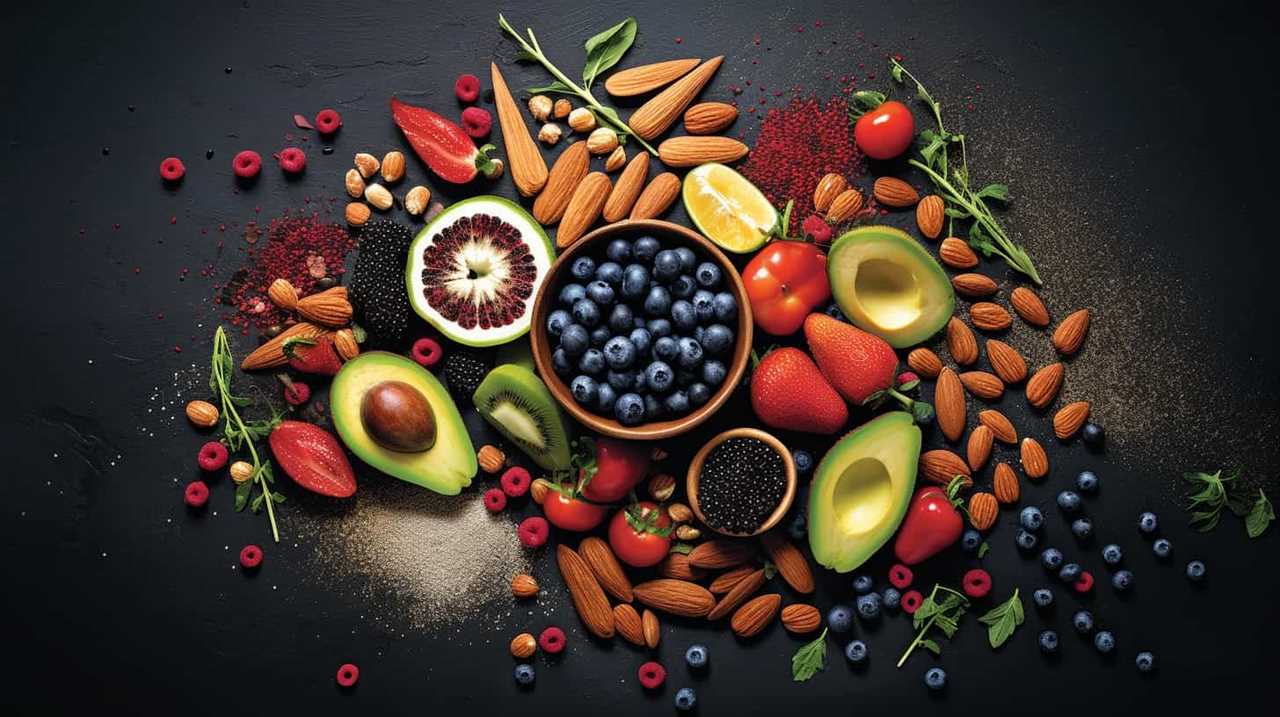
Water conservation is a key aspect of our irrigation practices, as we strive to minimize water waste while still providing adequate moisture for the plants. We utilize advanced irrigation systems that are designed to deliver water directly to the plant’s root zone, reducing evaporation and runoff.
These systems include drip irrigation, which provides a slow and steady supply of water directly to the base of the plant, and sprinkler irrigation, which utilizes overhead sprinklers to distribute water evenly across the field.
By implementing these efficient irrigation systems, we can maximize water usage and promote sustainable seed production.
Moving forward, let’s explore the next step in the process: harvest and seed processing.
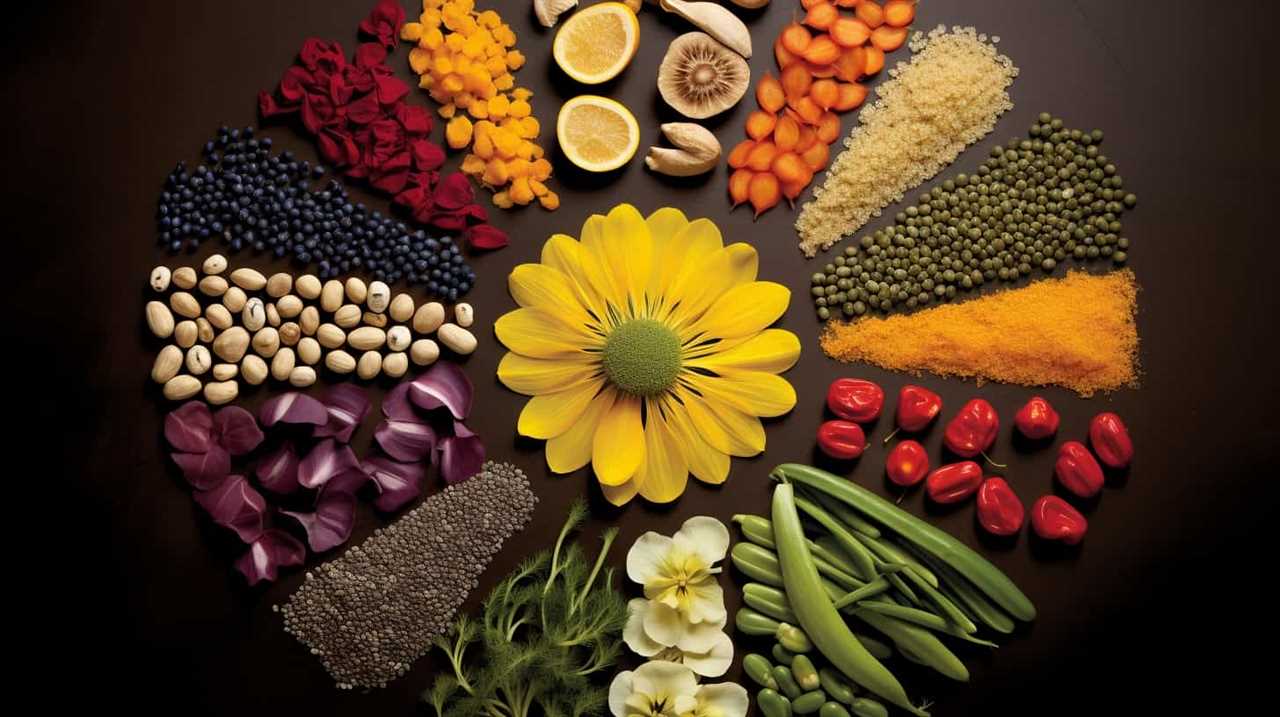
Harvest and Seed Processing
Once we’ve ensured optimal plant growth and seed development through efficient irrigation techniques, we move on to the next step: harvesting and processing the seeds. This crucial stage involves carefully collecting mature seeds from the plants and preparing them for storage and future use. Here are five key aspects to consider during the harvest and seed processing phase:
- Timing: It’s essential to harvest the seeds at the right stage of maturity to ensure maximum quality and viability.
- Cleaning: Seeds need to be thoroughly cleaned to remove any debris, dirt, or other impurities that may affect their quality or germination potential.
- Drying: Proper drying is crucial to reduce moisture content and prevent fungal growth, which could lead to seed deterioration.
- Storage: After drying, seeds should be stored in a cool, dry, and dark environment to maintain their viability and longevity.
- Germination testing: Regular germination testing helps assess seed quality and determine the percentage of viable seeds in a batch.
Conclusion
In conclusion, by employing natural techniques such as proper soil preparation, careful seed selection, effective pest management, efficient irrigation techniques, and meticulous harvest and seed processing, commercial seed production can be successful.
These methods not only ensure higher yields but also promote sustainability and environmental preservation.
Just like a harmonious symphony, the integration of these techniques creates a symphony of abundance, nurturing both the land and our future generations.
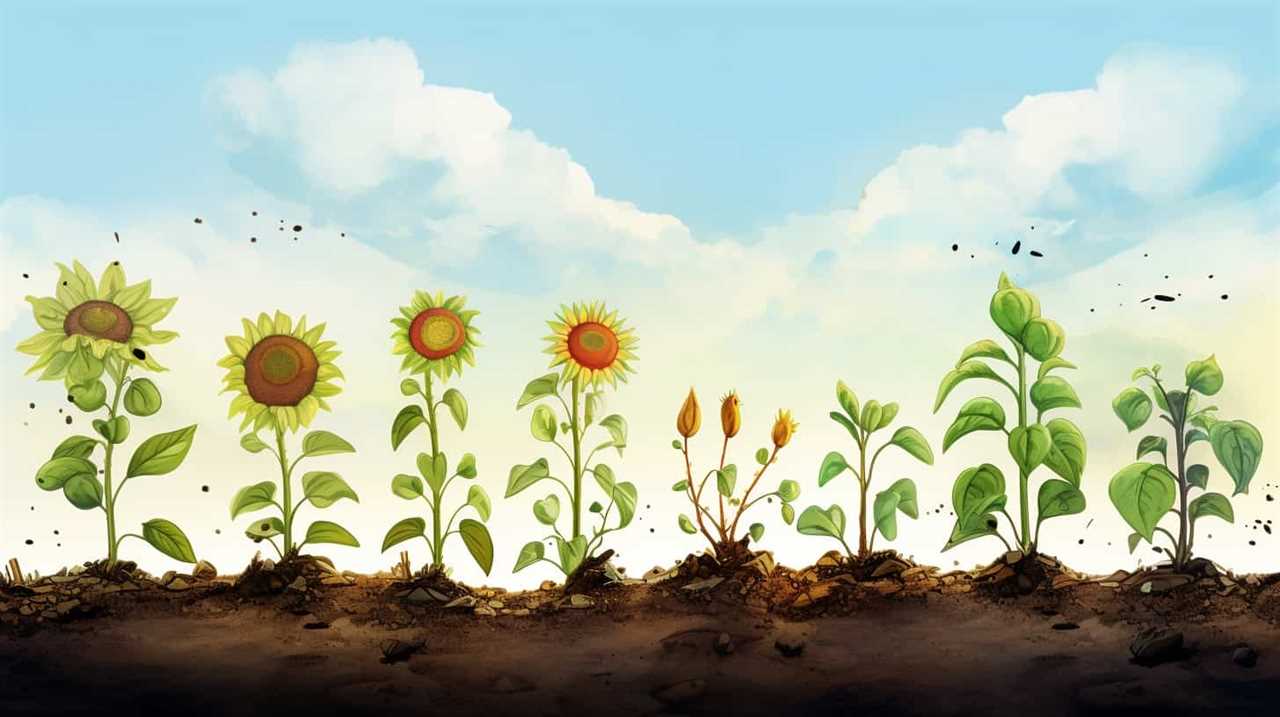
Together, let’s cultivate seeds that sow prosperity and harmony.
